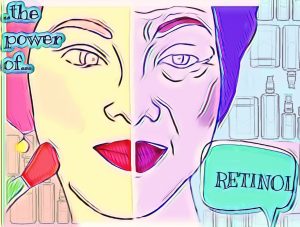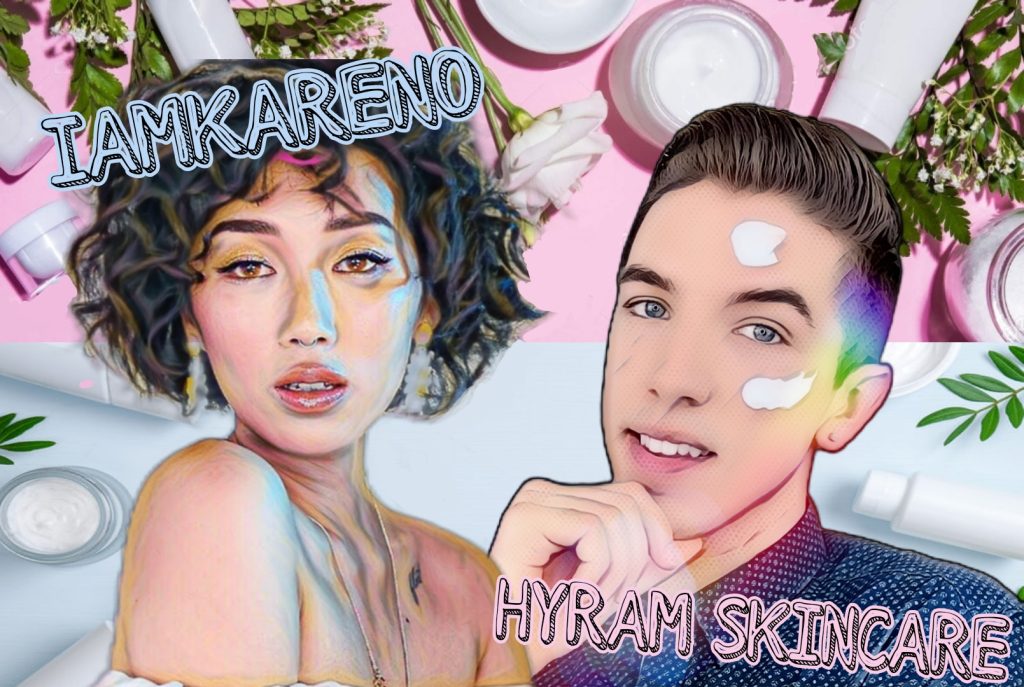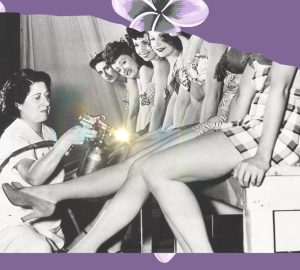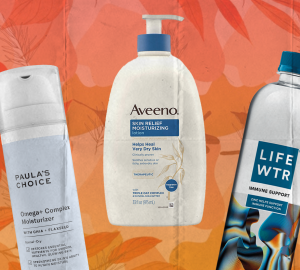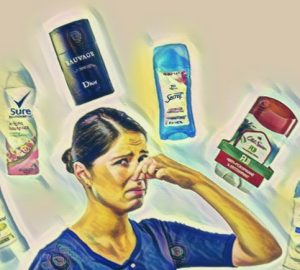Every skincare savant has heard of retinol, the chemical fountain of youth.
For years, beauty houses and brands have claimed that their products contain the secret to a youthful glow.
However, some products that claim to have age defying potency actually rely on circumstantial or disproven evidence.
On the other (and likely softer) hand, the compounds that make up retinol have been used by board certified dermatologists to improve skin for decades.
Retinols’ catapult into staple skincare can be attributed to the fact that its usefulness has been scientifically backed. For example, tretinoin, the main active ingredient in Accutane, is a derivative of the same vitamin present in vitamin A.
It seems like everyone is ready to take the leap into the world of retinol these days.
Even YouTube and Tiktok skincare powerhouses like IAMKARENO and Hyram advocate for its use.
Sometimes, choosing the right skincare product can be as easy as knowing the ingredients that nourishes your skin the most.
First things first, how do you find the right product for your skin?
How to read an ingredients list
Most skincare junkies already have a list of “red flag” and “green flag” ingredients that they look for in their next nighttime routine. However, it becomes trickier when a product simply doesn’t work for you. Knowing how to read a makeup or skincare ingredient list makes the journey to finding your skins’ third bowl of porridge much more manageable.
If you find that you like retinol, but have to use several retinol products in a single routine to see results, you may just need a higher concentration of the stuff. The highest concentration product on an ingredients list will be listed first. The lowest will be listed last. If an ingredient is listed low on the list, then it may not be as present as you originally anticipated. If a product that normally works for you has suddenly become very harsh, it may be high in concentration.
Retinaldehyde
Retinal, also known as retinaldehyde, is one of the newer additions to the growing collection of OTC retinol. The beauty of retinaldehyde, as well as its defining characteristic, is that it works to penetrate the skin almost eleven times faster than retinol. Due to its high absorption rate, retinaldehyde is known to be less irritating to the skin, especially for those that experience photosensitivity. Although it is still known to cause irritation, retinal can be a favorable alternative for those with hyperreactive or sensitive skin.
Prescription Based Retinols
Tretinoin, a prescription based retinaldehyde, can only be obtained through a prescription from a dermatologist. While obtaining a prescription may seem to be a daunting task for some, it may be worth it in the end. This is due to tretinoin’s multifunction usage. Retinaldehyde (or retin-A,) is most commonly used to treat cystic and hormonal acne.
These forms of acne, unlike the occasional outbreak, cannot be treated with face masks and pimple patches. This is because they tend to persist without intervention from a licensed dermatologist. In addition to the pain and discomfort associated with hormonal outbreaks, sufferers of persistent acne may find that draining a cyst can cause them to worsen or leave a dark mark. Tretinoin increases the skin’s cell turn over rate, chemically exfoliating the skin and causing purging and resulting in a layer of fresh, clean skin. So, retinaldehydes work by thinning the sebaceous filaments that can cause pores to clog in the first place, rather than manually scrubbing away the dirt.
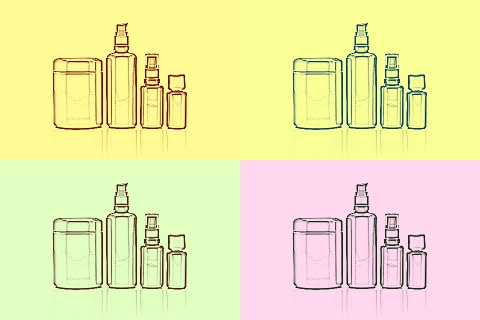
(Note: If prescription-strength tretinoin interests you, please contact your dermatologist.)
Adapalene
If you have seen a dermatologist, but are unwilling to try a prescription strength retinoid, then Adapalene may be the right fit for you. It has been recently approved for over-the-counter use and is renowned for its effectiveness for those with sensitive skin. It is a 0.1% strength topical gel that has a slow absorption rate and is meant to treat both acne and skin texture concerns.
Plant Based “Retinols”
Plant based “retinol” is an important addition to the list for those of us who do not want animal derivatives in our makeup bags. Bakuchiol is a vegan botanical extract that closely mimics the effects of retinoids by stimulating the collagen in our skin. Unlike retinol, rather than being a derivative of vitamin A bakuchiol contains its’ own set of medicinal properties unrelated to the compounds found in human skin.
The powerful plant claims to reduce the appearance of fine lines and aid in brightening the skin. Those who are sensitive to vitamin A, or have found the regular use of retinols too harsh, may have more success using bakuchiol instead. This is because bakuchiol is much milder by comparison, which leads to less redness and irritation. Although the addition of bakuchiol to mainstream skincare is new, recent studies have found the results of the botanical quite promising.
With this handy guide to retinol, any skincare lover (knowledgeable or new) can erase fine lines like an MUA and discover their inner glow! Here’s to happy scrubbing.





















